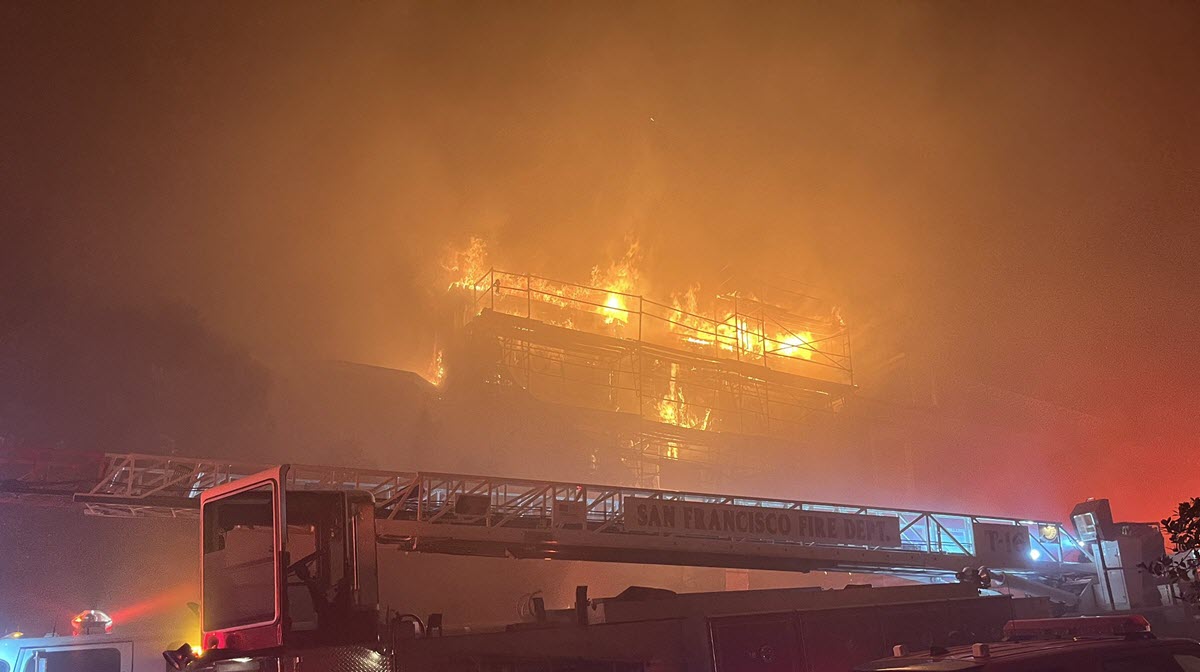Daimian Guzman said his first time pulling the trigger sent a thrill through him he’d never felt before.
“When you first heard the boom and saw the shell fly out, it was a fun experience,” he recalled. He was ten. His father, Jordan, is a former Marine Corps rifleman.
He says he has been teaching shooting to people of every level, from rookies to shooting coaches. Teaching his son how to shoot was met with resistance – by his wife.
“She was dead set against it. She did not want me to do it because she was afraid and she said – I’m afraid of guns and I just don’t like them,” Guzman said. “I took her out for four days and took her shooting, she had great exposure to it.”
He said that was it, and the family now bonds through the hobby and sport of shooting. Jordan said he believes building up the next generation of shooters has been the objective of pro-gun organizations like the NRA Foundation.
“High schools had shooting teams and slowly that disappeared. Boy Scouts have their marksmanship,” Jordan added. “JROTC, they do the same thing, they have ribbons and badges, the Young Marines, it’s the same thing. But little by little they start to disappear and a lot of that comes from lack of education and training.”
Buck Buchanan and Tom Mattusch are both instructors with Safari Club International. Buchanan, who works with the Cubs Program, teaches kids how to shoot. But he says lesson number one, the biggest lesson, has always been safety.
Local
“A lot of these kids don’t have mentors so that’s where I come in,” said Buchanan. “Take these young people, untrained shooters, teach them how to shoot and handle firearm safety. The main emphasis is firearm safety.”
Mattusch also helps teach young shooters. “We’ve always have a Cubs program, we feel it’s very important to bring children into the loop about value of conservation, value of shooting, value of safety. They learn a lot and they take it back to their friends, so that their friends become involved in these same ethics.”
But these instructors have noticed something else: one generation that doesn’t seem to know as much about guns.
“When the kids come in, I’d say 20 percent of them never shot a firearm before and their parents have no firearms background,” Buchanan noted.
But the tide seems to have turned, at least if you consider what the U.S. government’s “2011 National Survey of Fishing, Hunting, and Wildlife-Associated Recreation,” a report that comes out every five years.
It found the number of young hunters from 6 to 15 years old began to slip in the 80s, then bottomed out in 1995 at around 1.72 million.
In 2000 it started to turn around with a modest climb, the numbers finally hitting more than two million young hunters in 2010. While that isn’t a dramatic rise, it’s the timing that may be notable.
That period of growth coincided with something else: the amount of money organizations like the NRA Foundation (NRAF) began to give through grants. According to the NRAF’s tax filings, it gave over $10.5 million in grants in 2002.
Ten years later, that figure more than doubled to over $22 million.
More than 70 percent of that money, according to the NRAF report, went to youth-based programs.
To date, the NRAF reportedly contributed $210 million since its inception more than 20 years ago.
“They say well let’s help u develop some youth programs,” said Jordan. “These grants are a lifesaver. They go for a couple thousand dollars to buy some needed equipment to a couple hundred thousand dollars.”
The NRAF not only gave the most grant money in 2012, it also had a higher total revenue for the year at a reported $46.2 million – a 70 percent increase from the year before.
While gun advocates said this activity targeting kids teaches and American tradition, critics argued children using guns shouldn’t be allowed.
Nick Ladany, Dean of Education and Counseling Psychological at Santa Clara University, said children simply cannot handle and process what shooting really means.
“Kids don’t have that appreciation that adults have,” Ladany said. “On top of that, you’ve got gun manufacturers that seem to be marketing to kids or getting them hooked early on this gun culture, and although legal, the question is: is it morally, socially ethical?”
Ladany then compared guns to the use of grenades. “We would never think to have kids use, handle, and practice with grenades because we know that would be over the line. The question is where is that line?”
For Griffin Dix, that line is an extremely a personal issue. He lost his 15-year-old son Kenzo in an accidental shooting in 1994. Over the phone, Dix told NBC Bay Area that Kenzo had been playing at a friend’s house when that friend began fooling around with his father’s loaded gun. Dix has dedicated his life to gun safety ever since, now leading the Oakland/Alameda County chapter of The Brady Campaign to Prevent Gun Violence.
Dix said educating and training people on guns, including kids, is a good idea. But he also said the gun industry has been sending too many mixed messages that end up endangering countless lives.
“They’re trying to sell guns to people, and don’t provide good means of safe storage and that allow people to have quick access to firearms. “
Still, Jordan and Daimian Guzman are steadfast to their belief that the real danger lies in avoiding guns altogether.
Their philosophy: learn first, and then decide. “I feel like they don’t understand,” said the younger Guzman, now 14 years old. “They need to learn it and try it and see how it is.”



